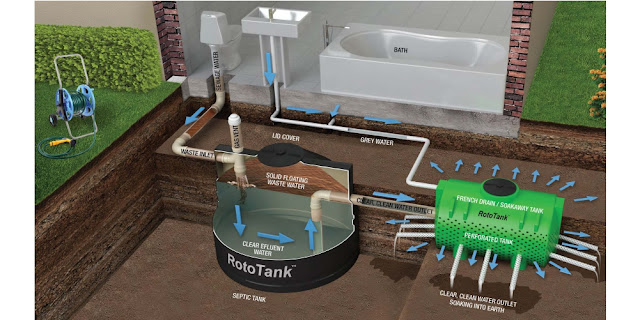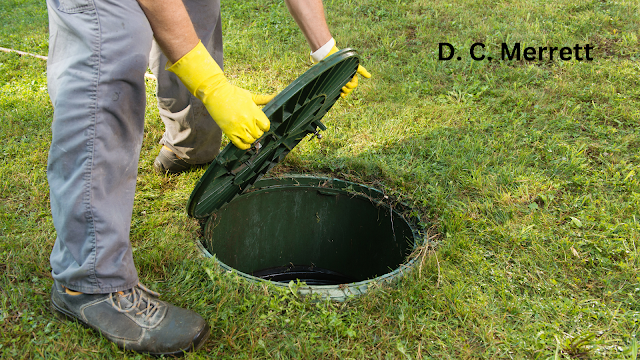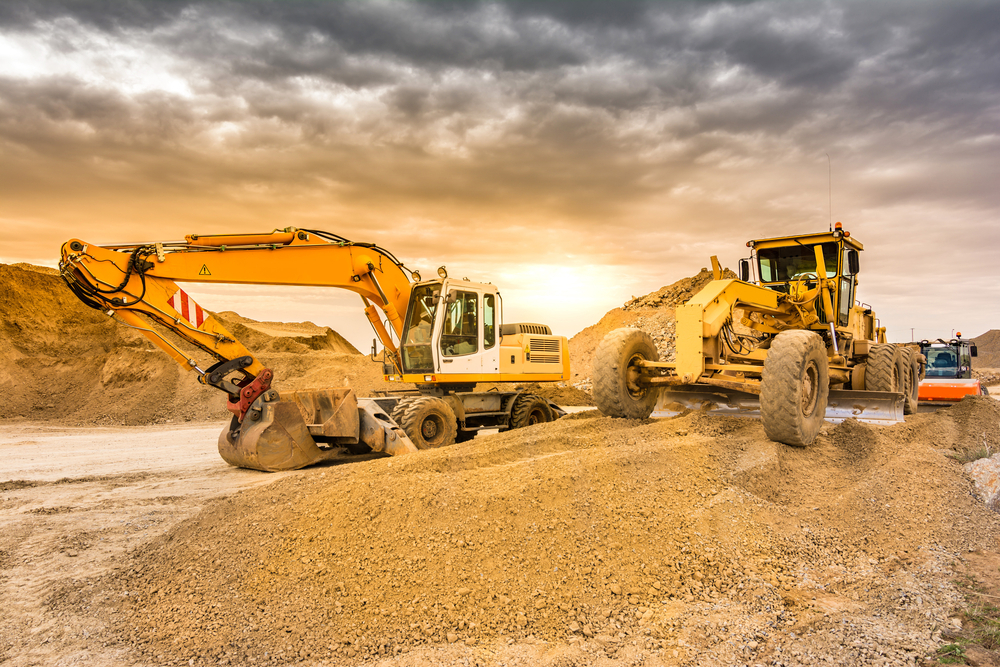How to Safely Load and Transport Heavy Equipment?
Safely Loading and Transporting Heavy Equipment: Best Practices
Transporting heavy equipment is a critical aspect of industries such as construction, mining, agriculture, and manufacturing. Whether you are moving excavators, bulldozers, or large machinery, safety is paramount. Loading and transporting heavy equipment requires careful planning, attention to detail, and adherence to safety guidelines to prevent accidents and damage. In this article, we will discuss best practices for safely loading and transporting heavy equipment, ensuring the well-being of your personnel, equipment, and the public.
1. Inspection and Preparation
Before you even begin the loading process, thorough inspection and preparation are essential:
Inspect the Equipment: Examine the heavy equipment to ensure it is in proper working condition. Check for any loose parts, hydraulic leaks, or damaged components. Address any maintenance or repair issues before loading.
Secure Loose Items: Remove or secure all loose items, such as tools, attachments, or debris from the equipment. These items can become hazardous projectiles during transport.
Lock and Immobilize: Safely secure moving parts, such as buckets, blades, or booms, to prevent unintended movement during transport. Use locks, pins, or chains to immobilize these components.
2. Proper Sizing and Weight Distribution
Selecting the appropriate trailer or transport vehicle and ensuring proper weight distribution are crucial:
Know the Weight: Accurately determine the weight of the heavy equipment, including any attachments or accessories. Exceeding weight limits can lead to road damage and legal consequences.
Calculate Load Distribution: Balance the load evenly on the trailer to prevent instability during transport. Distribute the weight according to the manufacturer's guidelines, and use blocking and bracing techniques to secure the equipment.
Select the Right Trailer: Choose a trailer or transport vehicle designed for the specific type and size of heavy equipment. Lowboy trailers, flatbeds, and specialized transporters are available to accommodate various machinery.
3. Properly Secure the Equipment
Properly securing the heavy equipment is critical to prevent shifting, tipping, or falling during transport:
Use Appropriate Tie-Downs: Employ heavy-duty straps, chains, or cables to secure the equipment. Ensure that tie-downs are in good condition and rated for the weight of the load.
Follow Manufacturer Guidelines: Refer to the equipment manufacturer's recommendations for securing machinery. Use attachment points or anchor points designed for tie-downs.
Apply Sufficient Tension: Tighten tie-downs to ensure a secure fit, but avoid over-tightening, which can damage the equipment or its attachment points.
4. Plan the Transport Route
Careful route planning is essential to avoid obstacles, hazards, and other challenges:
Survey the Route: Assess the transport route for low clearances, narrow roads, bridges, and weight restrictions. Be aware of any road closures or detours that may affect your journey.
Plan for Escorts and Permits: Some oversized or overweight loads may require escorts or special permits. Check local regulations and secure any necessary permits in advance.
Consider Weather Conditions: Monitor weather forecasts and avoid transporting heavy equipment during adverse weather conditions, such as heavy rain, snow, or ice, which can affect road conditions and visibility.
5. Driver Training and Qualifications
The qualifications and training of the driver are crucial to the safe transport of heavy equipment:
Choose Experienced Drivers: Select drivers with experience in transporting heavy equipment. Familiarity with load securing techniques and equipment operation is essential.
Verify Licenses and Certifications: Ensure that drivers possess the appropriate commercial driver's licenses (CDL) and any additional certifications required for oversized or hazardous loads.
6. Perform Safety Checks
Before starting the journey, perform safety checks to ensure everything is in order:
Check Lights and Signals: Verify that all lights, signals, and reflective markings on the trailer and heavy equipment are functioning correctly.
Inspect Brakes and Tires: Ensure that the trailer's brakes and tires are in good condition and properly inflated. Overloaded or worn-out tires can lead to accidents.
7. Monitor the Load During Transport
Maintain vigilance during the transport journey to address any issues that may arise:
Frequent Stops and Checks: Periodically stop to inspect the equipment and the condition of the tie-downs. Re-tighten if necessary.
Be Aware of Surroundings: Stay alert for road conditions, traffic, and any signs of shifting or instability in the load. Use mirrors to monitor the equipment.
8. Emergency Preparedness
Preparation for emergencies is crucial in case unexpected situations arise:
Carry Safety Equipment: Equip the transport vehicle with safety gear, including fire extinguishers, warning triangles, and first aid supplies.
Have a Plan: Develop an emergency response plan that outlines steps to take in case of accidents, breakdowns, or hazardous incidents.
9. Compliance with Regulations
Adhere to all local, state, and federal regulations governing the transport of heavy equipment:
Verify Permits and Escorts: Ensure that all necessary permits are valid and that required escorts are present during transport.
Monitor Weight Limits: Stay within legal weight limits, and check for any specific regulations related to oversized loads.
10. Post-Transport Inspection
After safely delivering the heavy equipment to its destination, conduct a post-transport inspection:
Inspect the Equipment: Examine the machinery for any damage or issues that may have occurred during transport.
Document the Journey: Keep records of the transport, including route details, any incidents, and maintenance or repairs performed.
Conclusion
Safe loading and transportation of heavy equipment are essential to protect your personnel, equipment, and the general public. By following these best practices, adhering to regulations, and prioritizing safety at every step of the process, you can ensure that heavy equipment reaches its destination safely and securely. This not only minimizes risks and accidents but also ensures that your valuable machinery remains in optimal condition, contributing to the success of your projects.




Comments
Post a Comment